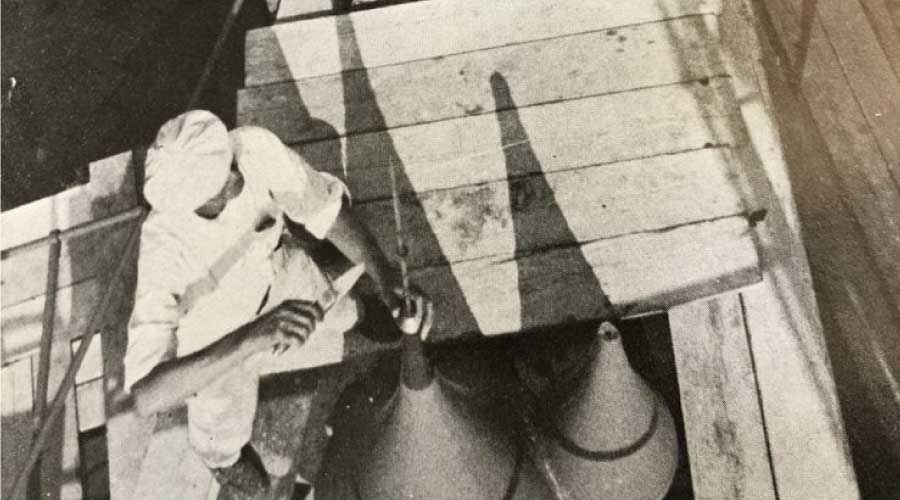CMMS: Worth the Cost?
While the cost of such capabilities varies widely, Zabrocki says that a good rough budget number, which includes software, setup, and basic training, would be about $15,000 for a typical facility with several user stations, plus 15 to 20 percent per year of that cost for annual maintenance and upgrades by the software provider.
To promote the CMMS option, Zabrocki says that it may be difficult to quantify improvements to productivity and service unless such characteristics are already being measured: "If you don't presently measure downtime/uptime or worker productivity, it's hard to show how much either could be improved with a CMMS," he says.
Once that data is in hand, however, it can be compared to facilities already using such software.
Another approach is to compare a list of a given CMMS's capabilities with a similar list of what an existing system can do. Where the added strengths of a CMMS stand out, quantify how such abilities could translate into fewer work orders, reduction in tenant complaints, or better regulatory compliance. One possible benefit may be a reduction in time spent processing work orders and dealing with occupant complaints. Another may be time saved by avoiding manual re-entry of data from one system to another due to an inability of two systems to communicate.
Zabrocki also offers several cautions with regard to securing the most value for such an investment: "Unless those using a CMMS see the value of entering data related to their work, such detail will eventually suffer. There's an ongoing need for feedback and communication among system users to ensure that each knows that the other is utilizing entered data."
As part of refresher training, he suggests occasional presentations of how data entered was later used to demonstrate its value in maintaining uptime and cutting costs.
Another area Zabrocki says is important is transferring institutional memory through training manuals customized for a facility. Even with mundane work order tracking systems, training and refresher classes for new and existing personnel may be critical to ensuring that a system is used to its greatest benefit. "Maintaining a culture of constant improvement can go a long way to that end," Zabrocki says.
Related Topics:













